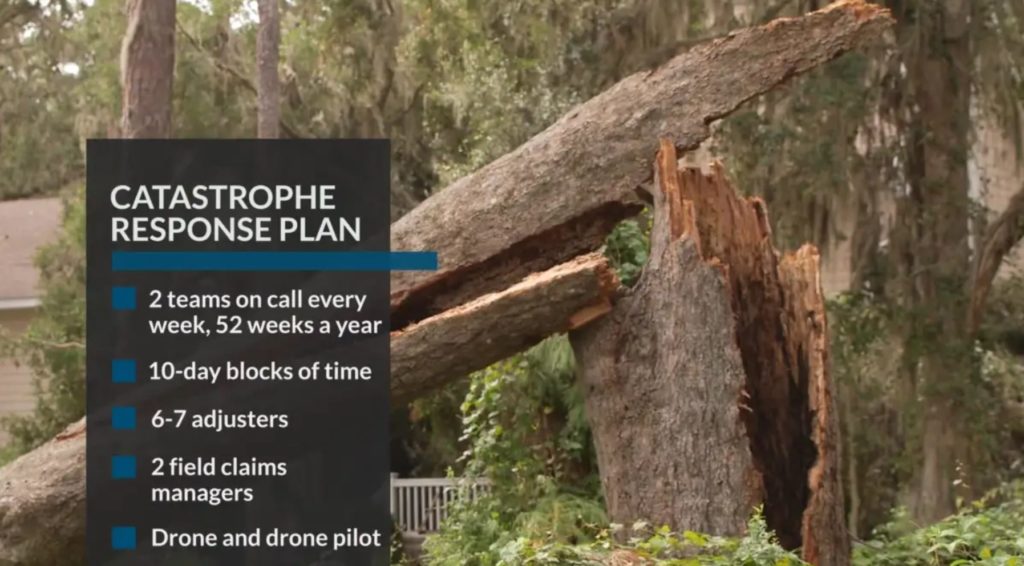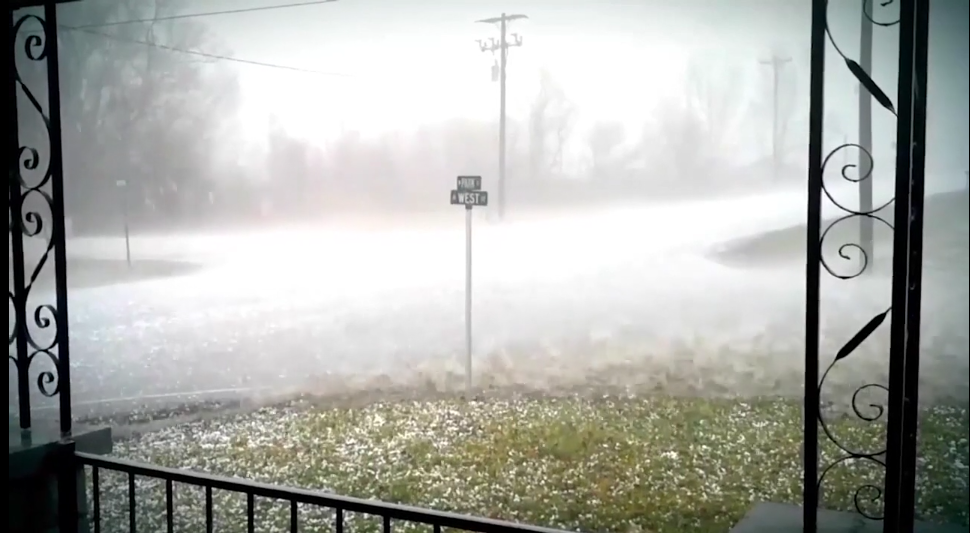Keep watch for high winds and tornadoes
High winds are a danger to people and property. Learning what to look for and how to properly prepare can save lives and minimize damage.
Read More
High winds are a danger to people and property. Learning what to look for and how to properly prepare can save lives and minimize damage.
Read MoreThunderstorms can develop rapidly and without warning – often accompanied by lightning. When thunderstorms form in your area and you hear thunder, you are likely within striking distance of the storm.
Read MoreThere are about 5,600 hailstorms in the United States every year, based on National Oceanic and Atmospheric Administration data. Read these tips for ways to prepare your property.
Read MoreFloods are the most common and widespread of all natural disasters. Make plans before flooding occurs so that you are not caught off guard.
Read MoreMost of us can, reluctantly, endure the occasional brief power outage from a weather event or other calamity. But an extended power outage can be a challenge to our dependence on modern appliances and electronic devices, and disaster plans should take power loss into account.
Read MoreDoes your emergency preparedness plan include a generator? Whether you’re facing a public safety power shutoff in California due to red flag wildfire conditions or an ice storm, heavy snow or hurricane that downed power lines or another manmade or environmental emergency, it’s a good idea to be ready for power outages.
Read MoreWhile tornadoes can occur throughout the year, spring and early summer are peak months in most of the United States. Prepare to respond to a tornado by stocking your emergency kit, updating your family’s emergency communication plan and checking your insurance coverage.
Read MoreBe ready for hail, tornadoes and flood. Use our checklist to prepare your family for severe weather. First make sure everyone is safe, then take measures when Mother Nature strikes.
Download InfographicThe storm has passed and your family is safe. The steps you take next are equally important in keeping your family safe and presenting a claim in the event there is damage to your home, auto or personal property.
Read MoreFallen trees and branches are a significant cause of damage and power loss after a thunderstorm rolls through. But if a neighbor’s tree falls on your property and causes damage, who is responsible?
Read MoreWoodchippers are an efficient way to clean up wood, fallen branches and other debris, but their force and rapidly moving blades pose serious dangers. Follow these safety practices to use a woodchipper safely and effectively.
Read MoreProtecting yourself and your family is your first priority in the aftermath of a catastrophic event. When your auto, home, business or personal property is damaged or destroyed by a tornado, hail, flood or other destructive event, focus on people first.
Read MoreWhen businesses and homeowners are desperate for help to repair and rebuild after a disaster such as a hurricane, tornado or wildfire, they seek assistance from anyone who will offer help. Unfortunately, there are scammers who prey on those emotions and take advantage of good people in their darkest hour.
Read More
Our catastrophe response program is unique in the industry.
Watch Video
How Cincinnati claims representatives responded to an Indiana hailstorm.
Watch Video
